Temperatures are breaking new records and rains are much needed. In times like these our gardens tend to suffer as well, particularly if we can’t afford to use up all our precious water on them. But there are a number of simple ways to make the garden more tolerant to droughts. The easiest and most effective technique is mulching.
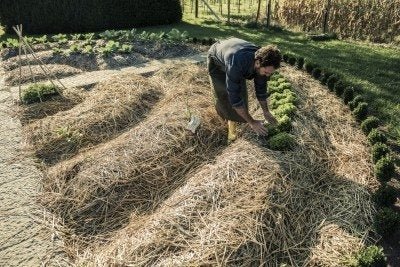
Keeping the Water from Evaporating
Mulch can be considered anything that you use to cover the ground with, whether it’s woodchips, cardboard, compost, straw, weeds, wooden boards, leaves, even rocks, or a combination thereof. While each type of mulch comes with its own set of pros and cons, one thing they all do, is give the water in the soil another barrier before it evaporates into the air. That is the first and foremost function of mulching the ground. And the effect can be felt immediately: just stick your finger into the ground that’s been covered by a rock: it is going to feel a bit damp, compared to uncovered soil. And this is just the first one of a wide range of benefits.
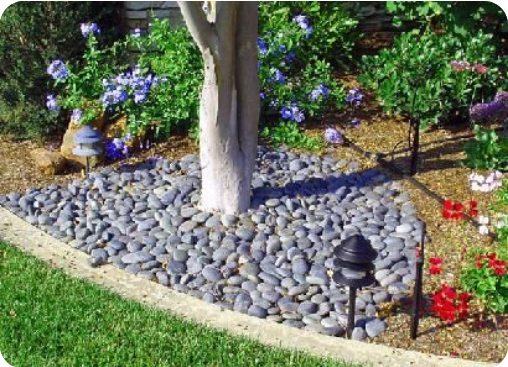
The Sponge Effect
While rocks are great at shading the ground, and trapping moisture in the slightly cooler air between them, they don’t actually soak up the water. Organic material, on the other hand, that is anything from straw and leaves to cardboard, can serve as a veritable sponge, keeping the water inside and among its pieces. Though it can still evaporate from there, it happens at a much slower rate than out of the naked ground. During cooler nights and the early morning hours, it can even soak down into the soil, at a rate it can absorb it without being overwhelmed. However, the best thing about organic mulch is that while it decomposes it mixes into the soil, making itself like a sponge for optimal water retention.
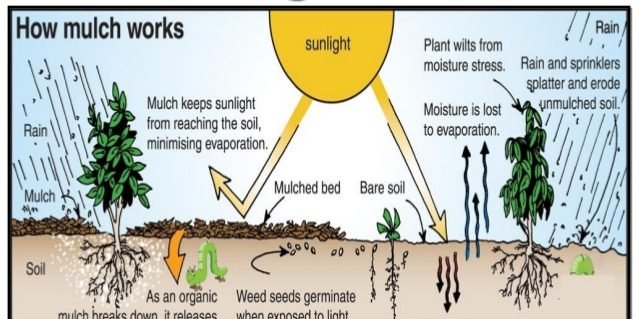
A Place to Live a Rich Life
Talking about decomposing, I can’t get around mentioning the incredible diversity of microbes that make up a healthy soil. As you would expect, if you create a moist and protected environment for them, they are going to come from far and near to help decompose your organic mulch, mix it into the ground, and create a rich soil ecosystem. Best of all, you don’t need to do a thing after you’ve established a nice mulched garden bed. Though if you water it on occasion, you will see it thrive even more.
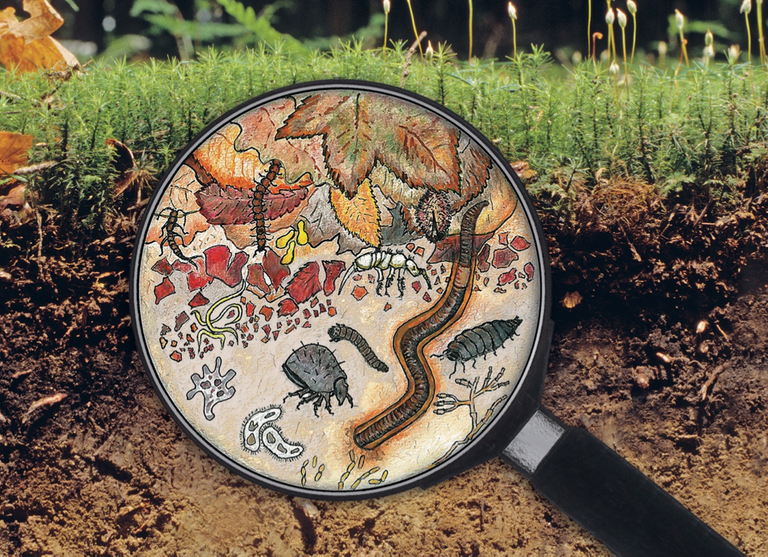
Nutrients Anyone?
If you really want to do everything you can to create a rich soil life, add something nutritious to your soil: some ripe compost, or cow manure. Don’t leave these nitrogen rich materials exposed to the sun either, but make sure it is covered with other layers, such as straw or leaves. This is where a combination of different types of mulch comes in handy, which mulch enthusiasts refer to as “sheet mulching” or more descriptively as “lasagna gardening”.
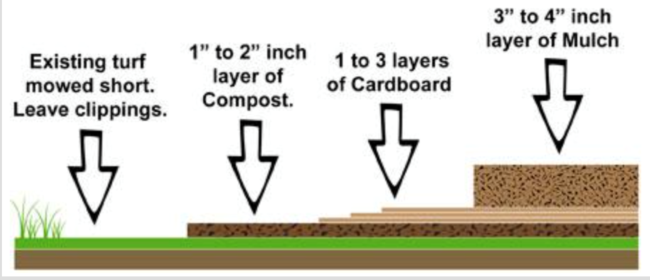
Living Mulch: Covercrops
What if you the mulch you use to cover your soil with is not made up of dead and decomposing things, but of living and thriving plants? Sure, they use up their own share of water, but what the offer in return makes up for that loss in many ways. First of all, the shade they provide for the ground, and the habitat the create for all kinds of organisms, outweighs that of the best sheet mulched bed. But then we haven’t even talked about their roots, which hold the soil together, along with the moisture trapped inside it, especially if they have fibrous root structures. Since plants also put a lot of effort into reaching water wherever it’s available, they will also pump it from deeper underground into the surface area, along with nutrients. Plants with long taproots are especially good at this. For this reason, it’s good to use mixed covercrops with fibrous roots and taproots.
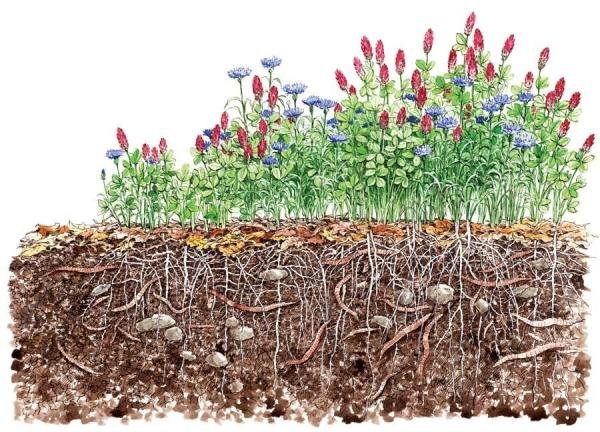
Just the Tip of the Iceberg
So many benefits to mulching! And originally all we wanted to do was to make the garden a bit more resistant to drought! But this is literally just the beginning. There are so many amazing new levels you can take to mulching, such as Hügelkultur. So it’s safe to say, once you discover the wonderful benefits of mulching, you’ll be likely to take it as far as you can.
Sources: 1, 2, 3, 4, 5, 6, 7, 8, 9
Note: I wrote this post and published it on this external site a few months ago. You can find more sustainability related posts in my series Permaculture in Theory and Practice.
